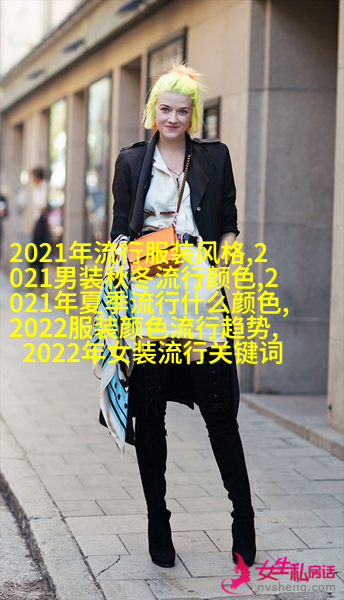Revolutionizing Wardrobes: The Evolution of Fashion Trends

Sustainable Fashion: A Shift Towards Eco-Friendly Clothing
In recent years, the fashion industry has been at the forefront of addressing environmental concerns. Sustainable fashion is a growing trend that focuses on reducing waste and promoting eco-friendly materials. This includes using recycled fabrics, organic cotton, and repurposing old clothing to create new garments. Brands such as Patagonia and H&M have implemented sustainable practices into their production processes, making conscious choices about the materials they use and how they manufacture their products.

Streetwear: From Skate Culture to High-End Runways
Streetwear has become a dominant force in the fashion world, with brands like Supreme and Off-White leading the charge. Originally rooted in skate culture, streetwear has evolved to incorporate elements from various subcultures such as hip-hop and gaming communities. Its influence can now be seen on high-end runways with luxury brands collaborating with streetwear designers or incorporating similar aesthetics into their collections.

Athleisure Wear: Comfort Meets Style
The rise of athleisure wear represents a significant shift towards comfort-focused clothing that doubles as stylish attire for both casual and formal occasions. Athleisure's popularity stems from its practicality – allowing individuals to seamlessly transition between gym sessions and social events without having to change outfits entirely.

Digital Fashion: The Future of Virtual Garments
As technology continues to advance, digital fashion is emerging as an innovative concept that blurs the lines between physical reality and virtual worlds. With 3D modeling software becoming more accessible than ever before, designers are creating digital garments that exist solely in cyberspace but still hold immense value for consumers seeking unique styles or limited edition pieces.

Inclusive Design: Embracing Diversity in Fashion Trends
Fashion trends today increasingly prioritize inclusivity by catering to diverse body types, sizes, ages, races, genders identities & abilities through inclusive design practices within both mainstream & niche markets alike; these efforts aim at breaking down barriers & broadening definitions around beauty standards while empowering individuals worldwide who may have felt excluded from traditional notions of style or elegance previously;




